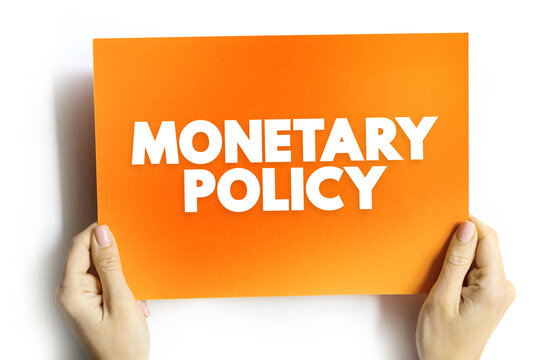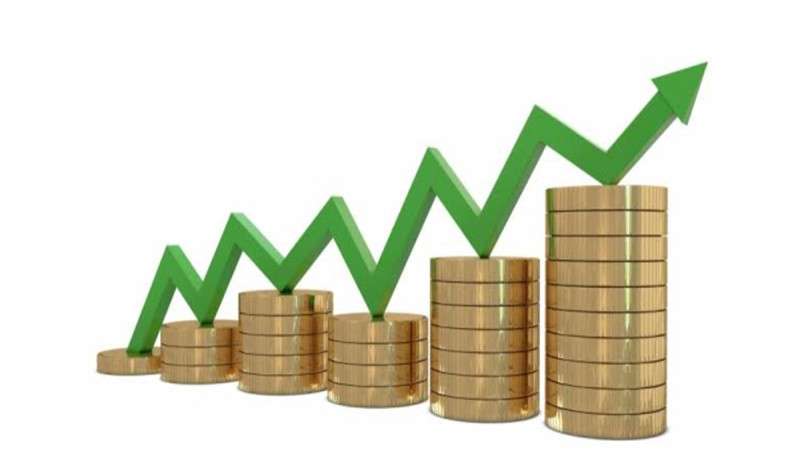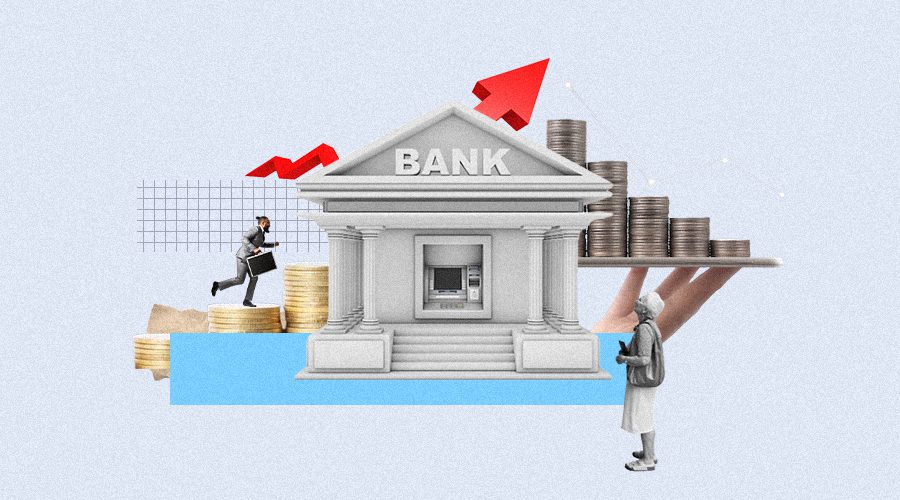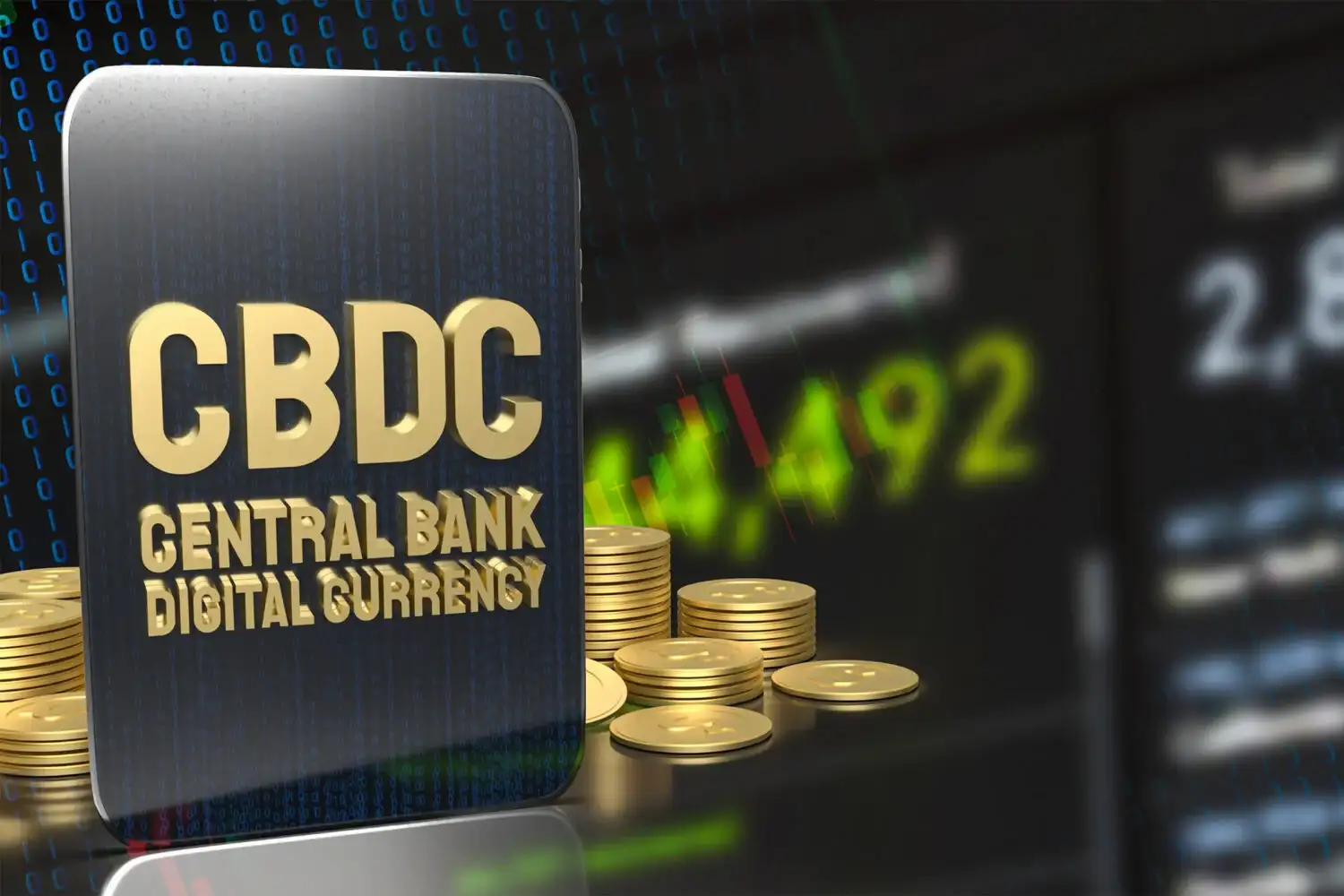Monetary policy and economic growth are a pair like bread and butter. As an expert, I’ve seen how central banks wave their magic wands, crafting strategies that push economies to thrive, even when times seem shaky. We’re diving deep into the toolbox that keeps our financial world spinning. Interest rates can either be a hero or a villain, but finding that sweet spot is key to success. Then, there’s the fine dance between easing up on the money supply and hitting just the right inflation targets. Trust me, it’s more thrilling than it sounds. Stick with me, and I’ll show you how these moves are not just hocus-pocus, but vital plays in the high-stakes game of growth.
Unveiling the Toolkit: Central Bank Strategies for Growth
Exploring the Double-Edged Sword of Interest Rates
Central banks set interest rates to guide the economy. Lower rates make loans cheaper. This boosts spending and jobs but can spark inflation. Higher rates do the opposite: they cool spending and inflation but can slow growth. It’s a balance: too high, and the economy stalls; too low, and prices might rise too fast.
For instance, imagine you want to start a business. If interest rates are low, you get a cheap loan. You hire workers and buy equipment. Jobs are created and people spend more. But, if lots of businesses do this, demand for goods climbs, and prices may rise. This is inflation.
When prices rise too fast, the central bank may lift interest rates. This makes loans costlier. You might wait to start that business. People spend less. The economy calms down, and inflation rates can drop.
Quantitative Easing and Inflation Targeting: A Balancing Act
Central banks, like the Federal Reserve, have a big tool called quantitative easing. They buy lots of stuff, like government bonds, to pump money into the economy. This can make loans cheaper and help people spend more. But it can also raise prices too much if not done right.
Inflation targeting keeps prices stable. Let’s say the target is 2%. If prices rise slower, the central bank can use tools to speed up spending. If prices climb faster, it can hit the brakes. The goal is to keep spending and prices growing just right, not too fast or slow.
When the economy is rough, like during a crisis, central banks might lower interest rates and try quantitative easing. It’s like giving the economy a jump start. They want businesses to invest and people to buy things. This can get the economy growing again. But they have to be careful not to let inflation get out of hand.
Inflation targeting helps because it tells everyone: “We’re keeping prices rising steady.” This way, people feel sure about the future. They keep investing and buying, which helps the economy grow.
These tools need to work together. If a central bank buys too much stuff with quantitative easing but doesn’t care about inflation, prices might jump too high. That can be bad for everyone.
By using interest rates, quantitative easing, and inflation targeting, central banks try to keep the economy steady. They want to avoid big ups and downs. When they do it right, they can help the economy grow, even when times are tough.
All these tools help the central bank to manage the economy. Interest rates, quantitative easing, and inflation targeting are like dials on a control panel. Central banks watch the economy and turn these dials to keep things running smoothly. It’s like being a pilot in a storm, steering the plane safely to clear skies and a smooth landing for everyone on board.
The Symphony of Fiscal and Monetary Harmony
The Fiscal Policy Interplay in Stabilizing Economies
Fiscal policy is like a helping hand for the economy. It uses taxes and spending to influence growth. When the government cuts taxes, people have more to spend. This spending boosts businesses and creates jobs. On the flip side, if the government spends more on bridges, roads, or schools, this can also spark growth. Workers earn wages, which they spend, and this cycle keeps the economy buzzing.
How Economic Stimulus Measures Spark Growth
Economic stimulus measures are a push to speed up growth. When times are tough, the government can step in. It can give money to people or cut taxes. This encourages folks to spend more. It can also lend money to businesses so they can grow or hire people. When people and businesses spend and invest, the economy grows stronger.
Here’s the deal. Central bank policies and fiscal policy must work hand in hand. Think of it as a tag team. When one does something, it affects the other. If a central bank, like the Federal Reserve, cuts interest rates, it can encourage people to borrow and spend. This spending can create jobs and help the economy grow.
But central bank moves can also make things tricky. If a bank sets the interest rate too low, it might cause prices to rise too fast. We call this inflation. On the other hand, if it raises rates too high, spending slows, and people may lose jobs. Figuring out where to set that rate is like hitting a moving target.
Quantitative easing is another tool. It’s like the bank buying a bunch of tickets to boost the economy’s party. By buying up loans or bonds, the bank adds cash to the system. More cash can mean more spending and investing, which can lead to growth. But if it’s overdone, it can cause too much inflation, and that’s a whole other problem.
Now, inflation targeting is about keeping price rises steady. Banks use this to prevent prices from jumping too high or falling too low. When prices are stable, people are more likely to spend and invest. And that’s good for growth. But this strategy needs a careful eye on things like the unemployment rate and the GDP growth rate.
Remember that growth doesn’t just happen. It’s fueled by plans and actions. Fiscal policy interaction and central bank policies must dance well together. They need to be in tune to keep the economy stable and growing. Like conductors of an orchestra, they need to know when to go slow and when to pick up the pace.
Central banks have to think about what’s going on in the world, too. Let’s say there’s trouble in another country, and it affects ours. Our bank might need to act to keep our currency stable. That could mean changing the interest rate or buying or selling currencies.
Finally, economic indicators are key. They’re like signs on the road telling banks and governments how the economy is doing. By looking at things like investment rates, consumer spending, and business cycles, they can make better decisions. It’s all about using the right tools at the right time to help the economy thrive, rain or shine.
Assessing the Impact: Economic Indicators Under the Microscope
Deciphering the Relationship Between GDP and Federal Reserve Decisions
How does GDP grow when the Federal Reserve acts? Let’s cut right to the chase. When the Federal Reserve lowers interest rates, it’s like putting gas in your car; it makes the economy zoom. They also can use a tool called “open market operations,” buying or selling bonds to control money flow. This push or pull influences how much spending and investing happens across the country.
But it’s not just about low rates. The Fed sometimes raises them to keep the economy from overheating, like using your brakes on a downhill drive. By adjusting these rates, the Fed helps balance growth, so we don’t skid into too much inflation or a standstill in growth.
Now, interest rate impact is massive. Cheaper loans spark businesses to invest and hire, which then boosts GDP growth. But it’s a delicate dance. Too low for too long, and people might borrow like there’s no tomorrow, leading to bubbles. Remember the housing crisis? That’s a lesson on overdoing a good thing.
The Dynamic Duo: Unemployment Rates and Expansionary Monetary Policy
Let’s talk jobs and money policy. What’s the deal with unemployment and the Fed’s choices? Think of expansionary monetary policy as a big ‘Hire Now’ sign. When the Fed wants more jobs, they make borrowing cheaper. Companies can then afford to expand and create jobs. It’s like when you have extra allowance money; you might hire your buddy to mow the lawn. Extra cash means more jobs.
But it’s not a guarantee. The Fed might drop rates, yet companies hold back on hiring if they’re spooked by other economic boogeymen, like trade fears or political uncertainty. And sometimes the Fed has to be cautious with how much juice they give the job market. Too much, and we could see prices flying up everywhere—a nightmare called inflation.
Understanding unemployment rate correlation with the Fed’s actions helps us see if they’re hitting the right notes. A drop in unemployment usually means they’ve got the tune just right. This balance keeps your groceries affordable while making sure people can find work.
Central bank policies are like a symphony conductor’s baton—guiding the tempo of the economy. They react to economic indicators with careful moves. They know it’s their job to keep things humming smoothly, from your paycheck to what it can buy.
Every decision from the Federal Reserve sends ripples through the economy. By looking closely at how GDP and jobs respond, we get a clear picture of whether those ripples are waves of growth or signs of trouble. It’s our snapshot of economic health, taken with a lens that captures the nuances of fiscal policy interaction and the shades of quantitative easing effects. It’s not just numbers; it’s about people’s lives and dreams. It’s a story of collective ambition and the careful stewardship of our economic ship through calm and stormy waters alike.
Stewarding Stability: Monetary Policy During Economic Headwinds
Tackling Stagflation Risks: Contractionary Measures vs. Growth Promotion
When economies face stagflation, the risks are high. Stagflation means slow growth plus high prices. Central bank policies need to be smart to deal with this. The central bank aims to reduce inflation but also wants growth. It’s a tough balance to strike.
How do central banks tackle stagflation? By using contractionary measures. These help lower inflation. One example is raising interest rates. This makes loans cost more, so people and businesses borrow less and spend less. Less spending can mean prices stop rising so fast. But, this can slow down economic growth too.
Central banks can also use tools like raising cash reserve ratios. Banks must hold more money back then. This means they lend less. Or, central banks can sell securities through open market operations. This takes cash out of the market, which also can curb inflation.
But, promotion of growth is also key. So, central banks might offer loans at lower rates to banks. This is known as the discount rate adjustment. If banks have to pay less for money, they might lend more and charge less for loans. This can help businesses and people to spend and invest.
Can central banks promote growth without causing more inflation? Yes, through careful measures like these, they can try. It’s a fine line between slowing inflation and keeping the economy moving. The key is to do enough to keep prices in check but not so much that growth stops.
Sustaining Currency Health Amidst Fiscal Deficits and Government Debt
What about the health of a country’s currency? That’s where fiscal policy interaction comes in. When a government spends more than it earns, we have fiscal deficits. And if this keeps happening, debt rises. Too much debt can hurt a currency’s health. It makes people worry a country can’t pay back what it owes.
So, how do central banks help? They can buy government debt. This is called quantitative easing. It puts more money out there so the government can spend. It can help keep the economy alive when times are tough. But, too much of this can lead to higher inflation. So, it’s all about balance.
Finally, there’s the exchange rate to think of. A stable currency means a country seems like a good place to invest. Central banks can use foreign exchange reserves to buy their own currency. This can keep it from falling too much in value. Also, when a currency is stable, prices for things like food and gas stay more steady.
In all, central banks have a lot of power over economies. They can help keep growth on track, even when the wind is blowing hard against it. It’s not always easy, but with the right moves, they can steer us through tough times.
In this post, we’ve explored how central banks drive growth through careful strategy. We’ve looked at how interest rates can both help and hurt an economy, and how a balance between quantitative easing and inflation targeting is essential.
We also delved into how government spending plays a role in economic stability and can lead to growth. Examining economic indicators, we saw how GDP and unemployment rates guide the Federal Reserve’s choices.
And when economic troubles hit, we discovered how monetary policy must fight stagnation while keeping the currency strong despite debts.
These financial tools and strategies are vital for a thriving economy. Remember, a wise mix of measures can make our economy sing. Let’s keep learning and watch these strategies work in real time.
Q&A :
How does monetary policy influence economic growth?
Monetary policy, primarily managed by a country’s central bank, impacts economic growth by controlling the money supply, influencing interest rates, and adjusting the level of inflation. It uses tools such as adjusting the discount rate, reserve requirements, and open market operations to influence liquidity and spending in the economy. Expansionary monetary policy can encourage growth by lowering interest rates and increasing money supply, making borrowing easier for businesses and consumers, thereby boosting investment and consumption.
What are the effects of tight monetary policy on the economy?
Tight monetary policy, also known as contractionary monetary policy, is implemented by increasing interest rates and reducing the money supply. This approach is often used to curb inflation or cool down an overheated economy. While it can stabilize prices, it may also slow down economic growth by making loans more expensive, which can reduce consumer spending and business investment. In the long run, it aims to create a sustainable economic environment by preventing excessive inflation.
Can expansionary monetary policy lead to sustainable economic growth?
Expansionary monetary policy aims to stimulate the economy through lower interest rates and increased money supply. It can lead to sustainable economic growth if implemented cautiously, taking into account inflation targets and the economy’s potential output. However, if used excessively, it might result in high inflation and may create economic bubbles. Sustainable growth through expansionary policy requires a delicate balance that responds appropriately to economic indicators and conditions.
What role does central bank independence play in monetary policy effectiveness?
Central bank independence is pivotal for the effectiveness of monetary policy, as it shields the central bank from political pressures that could lead to suboptimal decisions for short-term gains. Independent central banks can focus on long-term economic goals like controlling inflation and managing the money supply without interference. This independence often leads to more credible and consistent monetary policies, fostering a stable economic environment conducive to growth.
How do changes in monetary policy impact unemployment rates?
Monetary policy changes can have a significant impact on unemployment rates. By adjusting interest rates, central banks influence borrowing costs for businesses and consumers. Lower interest rates can stimulate economic activities by making credit more accessible, leading to job creation and lower unemployment. Conversely, higher interest rates aim to slow down economic expansion and can lead to higher unemployment as businesses reduce investment and hiring. However, the relationship between monetary policy and unemployment is complex and influenced by other factors as well.






